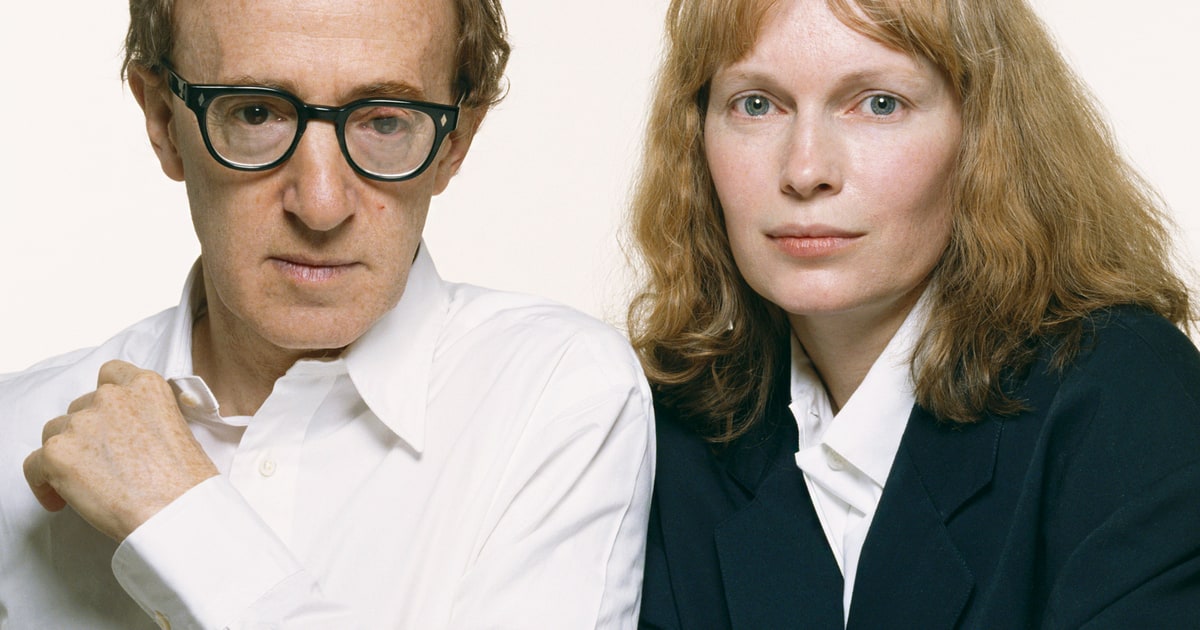
The history of film has a great tradition in glorious collaborations, where two elements mix together like hand in glove and create trademark excellence. Several examples jump to mind such as Robert De Niro and Martin Scorsese, Sergio Leone and Ennio Morricone, Joel and Ethan Coen, or John Wayne and John Ford – just classic team-ships that created a stunning body of work.
Usually those relationships were cemented in close friendships, but what happens when the milk turns sour and resentment and bitterness ruin a beautiful duo? It’s hardly the standard, but it has happened enough to fill this list and to examine some great collaborations that ended on ugly notes…
1. Alfred Hitchcock and Bernard Herrmann
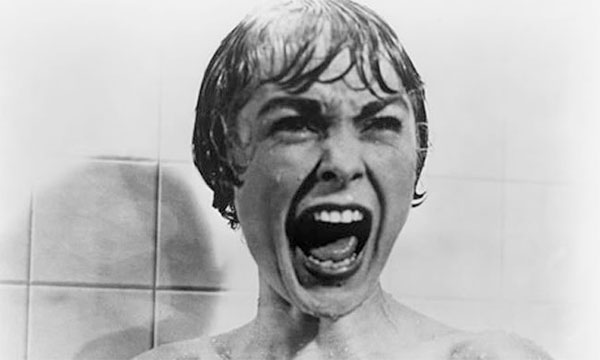
Collaborations: As one of the most important collaborations between director and composer, Hitchcock’s showmanship was perfectly accented by Herrmann’s gripping music. Considering the fact that both of them held incredibly lengthy careers, it’s baffling that Herrmann and Hitch only joined forces on “The Trouble with Harry” (1955) for a decade-long run, since both the championed director’s cinematic wheelhouse has become so intertwined with the composer’s trademark strings.
Particular highlights include the haunting and bittersweet “Vertigo” (1958), the bombastic “North by Northwest” (1959), and the pivotal “Psycho” (1960), which stand as likely the most intricate examples of a musical score infused with cinematic language.
Break-up: Sadly, the stellar run of the two infamously bullheaded men came to an end when collaborating on “Torn Curtain” (1966). Hitchcock’s career was not holding the same weight as in his peak 50’s period, and had considerable studio pressure to bring in music that was more contemporary and jazz influenced.
Herrmann’s mandate was always to have complete creative control as composer, and the two went back and forth without budging, thus Herrmann was effectively fired (or quit, according to some) and it severely severed a beautiful relationship forever.
Reconciliation? The two infamously stubborn men never did make up before their individual deaths. Some believed they never even spoke again after the tiff, although contradictory reports state that Herrmann attempted to bury the hatchet over the years to little interest of Hitch, and then when the shoe was on the other foot, as Hitchcock reached out to Herrmann to score “Topaz” – the composer happily declined.
2. Tsui Hark and John Woo
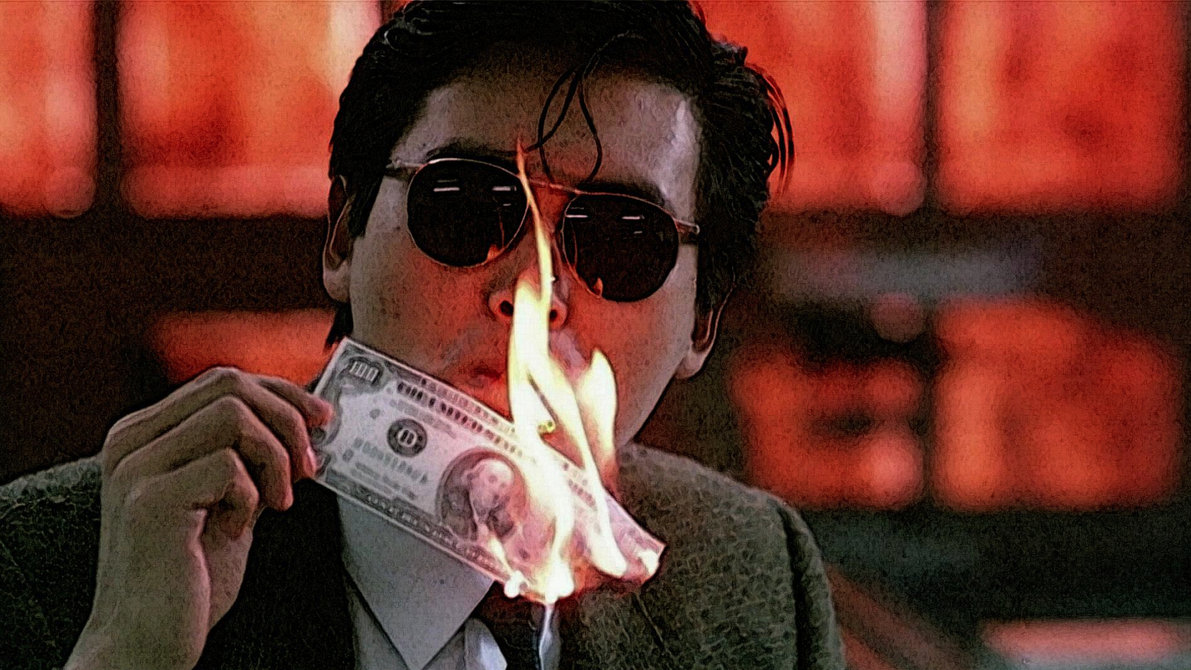
Collaboration: In the early 80s, John Woo became stuck in a depressive rut within the limited Hong Kong film industry. He was typecast as a gun-for-hire with generic kung fu and comedy movies, and his only ‘real’ movie , “Heroes Shed No Tears” (1983), had been taken away, re-cut, and then chucked on the shelf to rust.
Tsui Hark, on the other hand, was an ‘enfant terrible’ in the Asian film industry, who had scored a big hit with “Zu Warriors of the Magic Mountain” (1983), an early Wuxian revival that evolved the dormant genre with a new enthusiasm, and (for the first time for a Hong Kong film) top-notch Western special effects. The man also held a successful run as a producer and comedy actor.
Which was how they met – Woo was directing a contractual comedy vehicle with Tsui in a bit part, and the two immediately hit it off on the set with a similar love for European cinema and underrated Asian films. Tsui used what clout he had to get the washed-up Woo a chance to direct his passion project “A Better Tomorrow” (1986).
Once that film was released, it literally changed the industry overnight, birthing the trademark two-gun ballistic action and high drama aesthetic that Woo is famous for, yet its success made both of their clouts skyrocket as the hottest working names on top of the Hong Kong heap.
Break-up: With Woo’s career blowing up front and centre, Tsui also enjoyed another breakthrough success as director with “Peking Opera Blues” (1986). With both men at the top of their creative game, the two clashed on their next production, “A Better Tomorrow II” (1987), when the studio forced them to cut down the three hour running time; they both turned in alternative cuts of the film, disagreeing with each other all along the way.
Still, they put their differences aside to make Woo’s masterpiece “The Killer” (1989), one of Woo’s most loved and iconic films, and one that broke him through internationally as well. Yet this high point wasn’t enough.
As the two geared up to make “A Better Tomorrow III” (1989), the relationship had soured beyond repair; Woo was booted and Tsui took over as director, with the former using his original screenplay to make the similar yet superior “Bullet in the Head” (1990) shortly after. To add salt to the wound, Tsui began firing shots at Woo through the press and spreading the word that he was “unreliable” to work with. It had appeared that their likable bromance was at an end.
Reconciliation? After the two had mixed runs over in Hollywood in the late 90s, both eventually returned to Hong Kong to much success, and it appears time has healed all wounds. In 2014, Woo signed a two-picture deal with Tsui’s production company; Woo would direct and Tsui would produce one movie, the other vice versa, with a Wuxia or a ‘Heroic Bloodshed’ homage being the main ideas discussed.
“(Tsui) is a genius at his craft and has a lot of ideas,” Woo stated, although with their full schedules, we’ve yet to see movement on the proposed films.
3. John Carpenter and Dan O’Bannon

Collaboration: Back in the early 70s in the film department at University of Southern California, two kindred spirits in Carpenter and O’Bannon aligned. At a time when experimental dramas and languid character meditations were en vogue, the fact that each had made student films with titles like “Blood Bath” or “The Resurrection of Bronco Billy” made the two stand out of the crowd and immediately gravitate to each other with a mutual kinship for B-movies of yesteryear.
The two co-wrote a screenplay together called “Dark Star”, a dark comedy spin on philosophical sci-fi about a crew of zonked out hippies stuck on a spaceship who fight personal hygiene, boredom, and a ‘beachball with claws’. After making a short film about it, producers instigated the two to expand it into a feature film; O’Bannon handled special effects, acting, and editing duties, while Carpenter directed and scored.
The resulting film was a fantastically fresh and witty perspective on the static sci-fi genre, one that immediately announced that two fascinating voices had emerged and the results of the collaboration signified a great infusion of both of their talented voices.
Break-up: Unfortunately, regardless of the fantastic results, the movie was a complete nightmare to make for the two future genre legends. It was overly ambitious and made on a micro-budget, with constant frustration all along the way resulting in the two of them severing their friendship directly afterwards.
It was not known specifically what caused them to burn that bridge, but since O’Bannon and Carpenter both gained stern, no-nonsense reputations later in their career, you can imagine the two fiercely strong-minded individuals in a chaotic production butting heads with each other. It didn’t help that when the film was finally released in 1974 after more than a year of production, it was initially a forgotten failure that only years later gained respect and a cult reputation.
As seen as a black mark on their careers, the two quickly went on their own individual paths – O’Bannon as a prolific genre screenwriter on “Alien” (1979), “Total Recall” (1990), and “Return of the Living Dead” (1985) (also directed by him); and Carpenter as one of the legendary horror filmmakers from the 70s through to the 90s, with such classics as “Halloween” (1978), “The Thing” (1982), and “In the Mouth of Madness” (1995).
Reconciliation? Nope, never happened. The two of them carried loyal and long-time collaborators with them separately throughout their respective careers, yet the two never appeared to bury the hatchet by joining forces again on a film, or even as friends. This notion was confirmed during the DVD boom of the early 2000s; Carpenter and O’Bannon were both quite adamant about contributing special features to their past filmography, yet “Dark Star” remained an elusive entry for the two.
When broached about it, Carpenter claimed there was still “bad blood” between the two. Any fans holding out hope that things would change had their optimism scuppered when O’Bannon passed away from Crohn’s disease in 2009.
4. Werner Herzog and Klaus Kinski
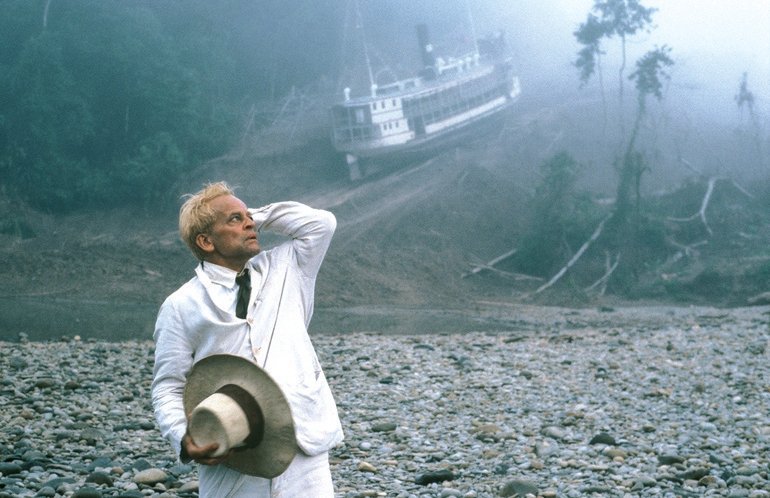
Collaboration: Admittedly, this one is a slight cheat; it didn’t so much end on bitter terms as it started and continued as a nightmarish ordeal for both individuals. Yet regardless, the fearless Herzog directed emotional landmine Klaus Kinski in a total of five movies, despite the two vehemently despising each other to such an extent that Herzog had to direct the unstable actor at gunpoint.
The colourful backlog includes the mediative cult item “Aguirre, the Wrath of God” (1972), the barmy remake of “Nosferatu the Vampyre” (1979), and most iconically, the mesmerising “Fitzcarraldo” (1982). In total, it resulted in several incredible pieces of work from the two, and some would argue the best either has made.
Break-up: The bizarre relationship between Herzog and Kinski is the stuff of celluloid lore that majority of film buffs are well aware of, and it’s all charted in the excellent documentary made by Herzog himself, “My Best Fiend” (1999).
The animosity between the two was apparent from the outset leading throughout the years, yet regardless, the two masochists kept returning to work with each other. By the time of their last collaboration with “Cobra Verde” (1987), Herzog had had his fill with the tantrums and antagonism and swore off working with the man ever again.
Reconciliation? After Herzog firmly avoided Kinski throughout the late 80s, the hard-headed actor passed away in 1991. They never had a chance to bury the hatchet, yet in Herzog’s documentary he’s quick to point out the man’s worst traits and behaviour. And yet, he also holds an adamant respect for him as a talent and fascinating individual; Herzog is felt to have found peace on the subject.
5. Clint Eastwood and Sergio Leone
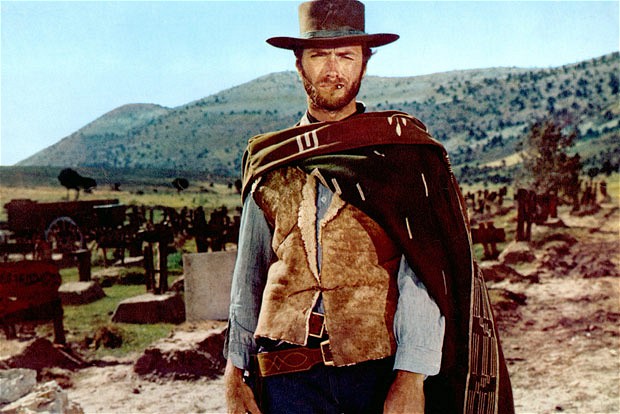
Collaboration? The ‘Dollars’ trilogy, a series of groundbreaking westerns that reinvigorated the dying genre in the mid-60s and invented the iconic ’Spaghetti Western’ subgenre. Most importantly, they made director Sergio Leone – then best known for his second unit work on Cinecitta productions – into a major filmmaking force, and led Clint Eastwood – then only known for his supporting TV work in “Rawhide” – into the decade’s ultimate macho movie star.
Each film ratcheted up the budget and ambition. “A Fistful of Dollars” was low-key but effective; “For a Few Dollars or More” upped the ante and action and made a bigger splash at the box office; but “The Good, the Bad and the Ugly” really scaled up the ambition and epic-ness and was a behemoth success for the two of them, with prime pickings for whatever they wanted to do next.
Break-up: Leone was gearing up for the even bigger production of “Once Upon a Time in the West” in the early 70s, the first of his westerns that would be shot in America, and for an American studio, with a huge budget to match. The character of the haunted gunslinger Harmonica (eventually played by Charles Bronson) had Eastwood written all over it; in fact, it was specifically written for him.
However, Eastwood turned down the part, as he was tired of the role and worried he would get typecast as the same character (even though he kind of did anyway); he also had the feeling that the newfound enthusiasm for westerns would soon die down and he wanted to jump ship into other genres before things got dire (and he ended up being spot-on).
Leone was understandably hurt, feeling their kinship had soured and Eastwood’s ego had gotten the better of him. The two understandably went their separate ways to much success, yet they didn’t speak to each other since, with Leone calling out the actor by stating he only had two expressions: “With or without his hat.”
Reconciliation? As Eastwood was hitting his stride as a director with his haunting Charlie Parker biopic “Bird” (1988), he was making his festival rounds and came through Italy. He received a call from Leone, and over one of the director’s trademark epic lunches, the two buried the hatchet. Soon after, Leone passed away from heart problems, but at least peace had been made between the two greats.